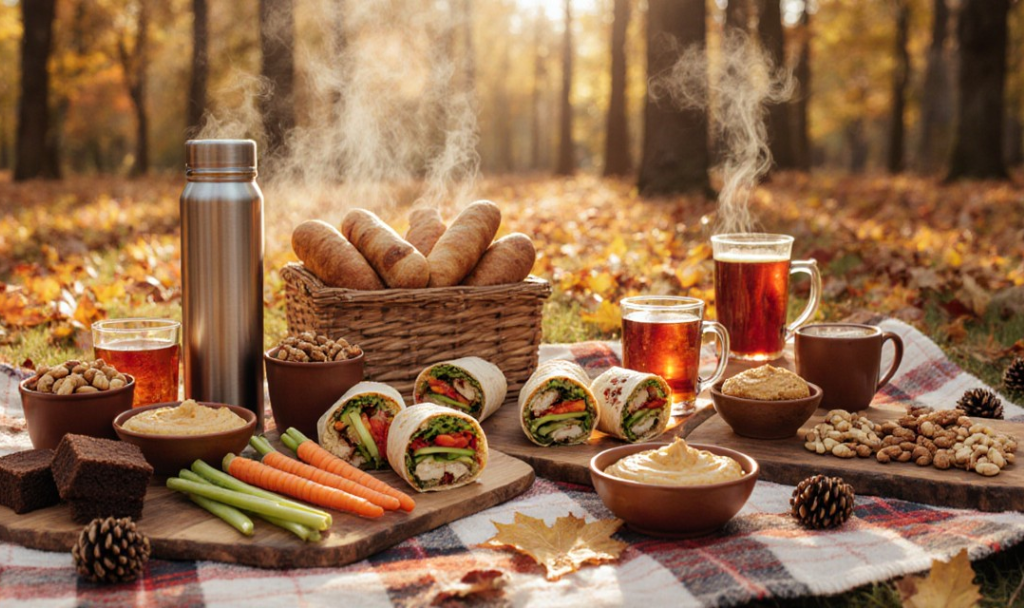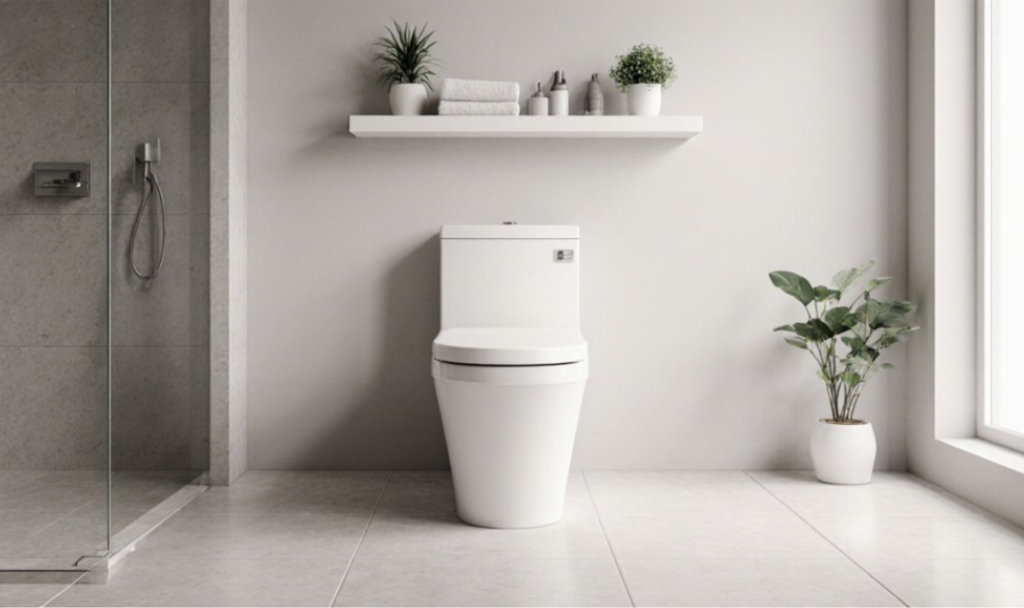
Microgreens: Powerful Superfoods for Every Season
The Benefits and Uses of Microgreens with Expert Insights
Microgreen, it's germinated grain - these are young shoots of greens and vegetables, which are consumed in food 7-10 days after germination. This is not just a new culinary trend or an unusual way to decorate a dish. The concentration of useful substances in the micro-settlement is up to 40 times higher than in the ripened vegetables and greens!
About how it is better to use, how much to store, and most importantly, how the sprouted greens are received, tells us the manager of the company ZELEN - Yuri Roman.
Costless: What is the main benefit of microgreens, and what kind of microgreen can be considered the most useful?
Yuri: The main advantage of microgreens is the huge concentration of vitamins, minerals, and trace elements. When the sprout only appears from the seed, it contains more useful substances than in the adult plant (fruit). Therefore, we have a small portion of salad, a huge number of users. Plus, it's still very tasty and beautiful.
It is difficult to distinguish some useful kinds of microgreens because they contain different elements. For example, in alfalfa sprouts, there are a lot of different vitamins and minerals, in the pe, a of vitamin C than in citrus or black currant, and in the sprouts of sunflower, a lot of iron. Therefore, we can choose what to saturate our bodies.
C: Is there a seasonal use of microgreens? And can you say that something better to eat in the summer, and something in the winter?
Yu: There is no season; the vitamins in the sprouted greens are all year round. In summer, due to a large number of fruits and vegetables, our bodies store vitamins. And in the winter, when the stocks of useful substances are exhausted, the microgreen becomes an excellent and quick source for their replenishment.
C: How best to use the sprouted greens in food? And is it possible to say that this is a substitute for the greenery that is familiar to us?
Yu: Microgreen can decorate, improve color, give an interesting taste, and at the same time increase the number of nutrients in almost any everyday dish. It can be safely used during the preparation of salads, soups, lavash rolls, sandwiches, energy cocktails, and smoothies. Also, microgreen is often used to decorate dishes in restaurants.
In the winter, when there are very few vitamins in vegetables and greens, the microgreen becomes a more useful and fresh alternative.
C: How often does it take to use microgreens?
Yu: There are no such regulations. I can say for sure that there is no overdose of microgreens. A microgreen is positioned as green, a salad product, just more useful. Therefore, the more often it is used, the healthier we will be.
According to the study, during which rats were kept on a high-calorie diet, but red cabbage sprouts were given regularly, scientists noted a 17% decrease in the growth of the animal mass, and the cholesterol level decreased by 34% (editor's note).
C: What is the shelf life and method of storage of microgreens from the moment of purchase?
Yu: The expiry date is determined not from the moment of purchase, but from the moment of the collection!
If you buy in the store, be sure to look at the production date and the shelf life, which should be indicated on the package. We give our products for 7 to 10 days. In the shops, we deliver 1-2 times a week. Store very simply - in the refrigerator, the recommended temperature is 2-4 ° C.
C: How does the germination process take place? Do you use soil, any fertilizers?
Yu: Our microgreen grows in the greenhouse on the shelves. We use a peat substrate, with which we prepare nutrient mixtures on which the greenery grows. Fertilizers are not used at all. Everything necessary to grow up to the desired germ is in the grain itself; nature has taken care of this.
C: Tell us about edible flowers. Ok, sprouts and flowers are also useful?
Yu: Flowers were used in cooking even in ancient Greece. Now the restaurants are renewing this tradition, however, they are used more as decoration of the dish.
But the flowers also have a lot of useful substances. The most popular are nasturtium (vitamin C, A, B3), rose (vitamin C), cucumber grass (essential oils), and dandelion (bitter drug). Regular use of dishes of flower cooking helps to strengthen immunity and to adjust the digestive system (editor's note).
C: What about the vegetables? What is their main advantage, and do you plan to deal with this direction?
Yu: Baby's vegetables can be said to be analogous to microgreens, only vegetables. I know little about this matter. Thoughts to try to grow them were, but when will they appear this time?
The main difference is in eating the vegetables, again, in the concentration of nutrients. Due to its mini size, there is no need to cut them, and the time required for heat treatment is also minimal (editor's note).
C: Why did you start growing microgreens?
Yu: The most difficult question. This occupation has come by itself. There were thoughts of starting a greenhouse; at that time, we were working in a restaurant. We learned about the microgreen, tried to grow houses on the windowsill, and the business gradually began to grow.
Probably, the microgreens can be safely attributed to the category of superfoods, because the benefits are proven more than once. And the most pleasant thing is that you can even grow your greens on your windowsill.
The material was prepared by the Costless team specifically for the column "Expert Advice" heading, which was created to help each of us understand the usefulness and essence of each product.
We wish you a delicious and healthy meal, as well as always profitable shopping with Costless!



